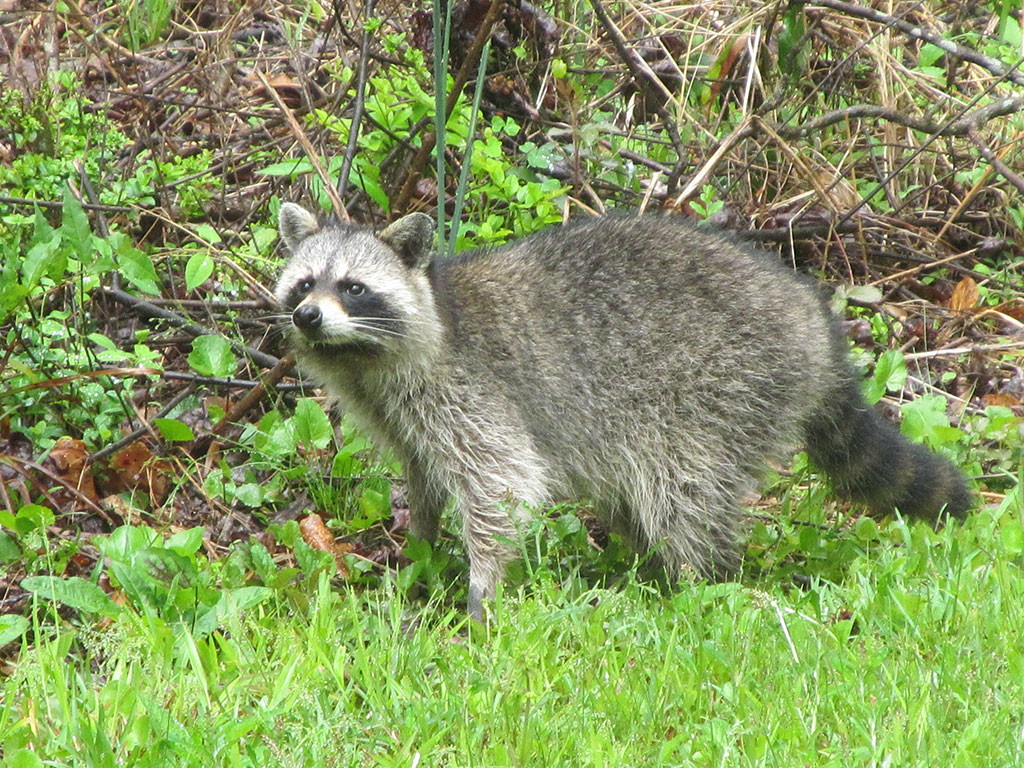
Yards are the pride and joy of many homeowners, often fastidiously kept tidy with bushes, trees, and gardens abundant with fruits and vegetables. However, this also makes residential yards an oasis for hungry critters looking for their next meal. To keep unwanted wildlife out, many property owners are turning to the wildlife control method of fencing their yards and gardens. While fencing is certainly a humane way to go, there are a few factors you should consider before installing a fence.
Wildlife Control Tips for Fencing Your Property
- Use Wire Mesh
When building any sort of fencing, the first instinct of many homeowners is to use wood. While it looks nice and can be used as a suitable base, wood is also a fickle material that can easily be deteriorated by bad weather or scaled by determined wildlife. Such damage can lead to cracks and gaps forming in your wood fencing, allowing invasive wildlife to sneak their way in.
Wire mesh is the current standard for fencing used for wildlife control purposes. It’s a durable material with gaps small enough to keep most rodents and underground pests out. It’s also non-toxic, so it doesn’t do any long term damage to the environment, plants, or invading wildlife.
- Continue Your Fencing Into The Soil
While many assume that a fenced garden is protected because nothing can climb over it, that doesn’t mean critters can’t go underneath it. Underground rodents like chipmunks, vols, and moles are natural tunnelers that can easily dig under a shallow fence. To ensure your fencing keeps them out, bury your wire mesh fencing up to three feet deep beneath the soil line to keep burrowing pests from breaking through.
- Make The Fence Tall Enough For Your Problem
Just as many animals can dig, others have impressive jump heights. A simple four-foot fence isn’t going to hold up against a squirrel trying to get in your yard. In order to keep high jumping and flying critters out, fences are often constructed six to eight feet tall. However, your exact recommended fence height can vary depending on your location, HOA restrictions, and wildlife control needs, which can often force your fencing to be much shorter.
- Keep Up With Repairs
Fences are the poster child for “set it and forget it” wildlife control. However, they too need to be maintained, especially if animals are regularly trying to find their way into your yard. It’s important to inspect the perimeter of your fencing after any severe weather events as well as regularly throughout the year to repair any damaged areas or worn materials.
- Hire Professional Wildlife Control Services
Wildlife control services aren’t simply for getting rid of rodents once the pests are on your property. The professional wildlife control experts at Critter Control® of Polk County are fully licensed and trained in wildlife inspection, removal, and prevention to keep your yard pest-free and looking as good as new.
Rely on Central Florida’s Wildlife Control Experts
Whether you have an existing pest problem or want to prevent one from ever starting, you can count on Critter Control® of Polk County for safe and effective services. To schedule an inspection for your Polk County home or business and receive a free wildlife removal estimate, call us today at 863-204-2815.








